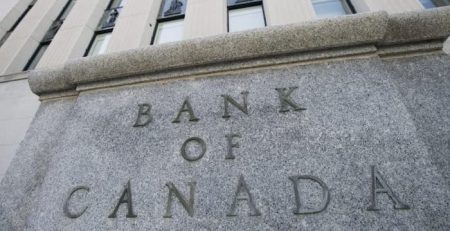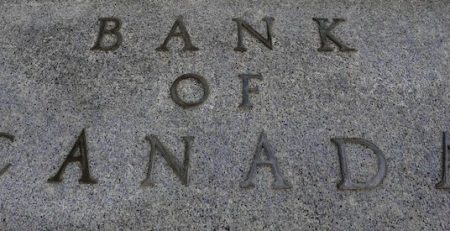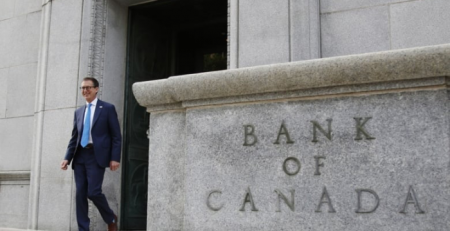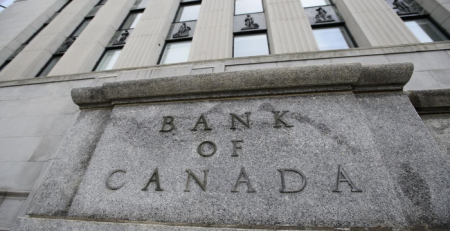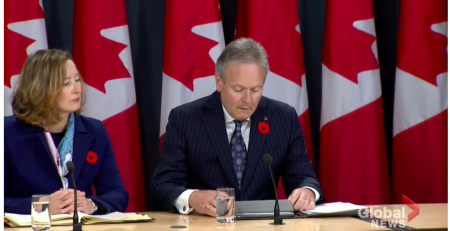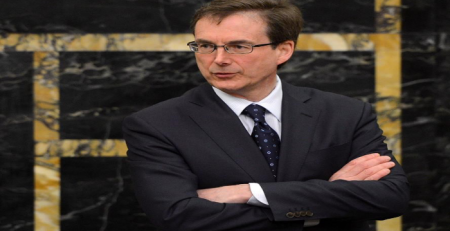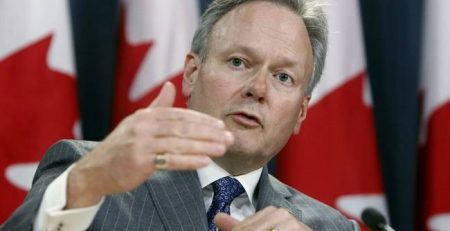Bank of Canada leaves key rate unchanged, but ‘soft hawkish tilt’ emerges
[May 24, 2017, Globe and Mail]
The Bank of Canada is creeping closer to its first rate hike in nearly seven years as it weighs the clashing forces of anemic inflation and a surprise burst of economic growth.
The central bank opted Wednesday to keep its key overnight interest rate unchanged at 0.5 per cent – the 15th consecutive time it has done so since July, 2015.
But the generally upbeat tone of the accompanying statement suggests Bank of Canada Governor Stephen Poloz and his central bank colleagues may be moving closer to eventually pushing rates higher.
Parkinson: What the Bank of Canada didn’t say speaks volumes
“The main message is that the bank now clearly sees the balance leaning more to the side of raising rates, rather than cutting them,” Bank of Montreal chief economist Douglas Porter said in a research note.
Mr. Porter added that he doesn’t expect a rate hike from the central bank until the second quarter of next year.
The statement shows signs of a “soft hawkish tilt,” Laurentian Bank Securities chief economist Sébastien Lavoie said.
The five-paragraph statement was mostly optimistic about prospects for the economy. The bank said the global economy is gaining traction and there are signs business investment may be poised to pick up now that the hit from the oil price collapse has largely passed. It also highlighted the healthy labour market, which is sustaining consumer spending and the housing market.
“Growth will gradually strengthen and broaden over the projection horizon,” the bank said.
The Canadian economy is on track to grow an annual rate of up to 4.7 per cent in the first quarter. That’s significantly stronger than the 3.8 per cent the bank forecast just last month.
But the Bank of Canada cautioned there will likely be “some moderation” in the April-to-June quarter.
“The Bank of Canada sees an economic boom in all the wrong places,” CIBC economist Avery Shenfeld said in a research note. “It wants an economy less levered to housing, and more reliant on exports.”
The surprisingly strong GDP growth isn’t yet leading to more inflation, which has been pushed below the bank’s 2-per-cent target in recent months. At least some of the price weakness may be temporary, caused by “intense retail competition” in the grocery sector, according to the bank.
All three of the bank’s core inflation measures remain below the bank’s 2-per-cent target – reflecting “ongoing excess capacity in the economy,” according to the statement.
The bank also acknowledged the hot Ontario and B.C. housing markets, noting that recent government efforts to stop speculation and risky borrowing “have yet to have a substantial cooling effect,” even though they are contributing to “more sustainable debt profiles” among borrowers.
The fact that the bank highlighted the markets’ failure to cool suggests the Bank of Canada might eventually use higher interest rates to dampen things, economists said.
“If the retail market does not soften, the central bank may decide to complement macro-prudential measures with rate hikes in an attempt at restraining the rampant housing market,” according to National Bank of Canada economists Paul-André Pinsonnault and Krishen Rangasamy.
That would be a sharp change in policy for the bank. In the past, Mr. Poloz has said an interest rate hike isn’t the right tool to tame what is largely a regional housing problem.
But the outlook is also fraught with uncertainty. The bank is still concerned about policy changes in the United States, including rising protectionism, renegotiation of the North American free-trade agreement and deep tax cuts that could make Canada less competitive.
The statement also noted that export growth remains “subdued” as exporters continue to face competitiveness challenges.


